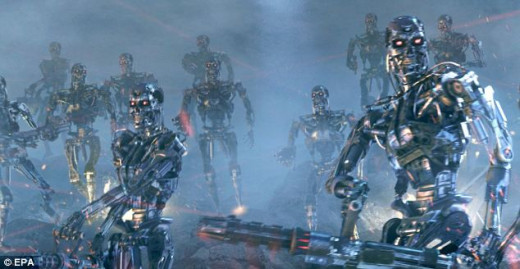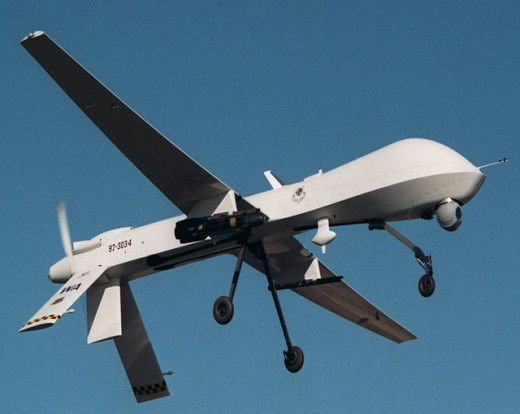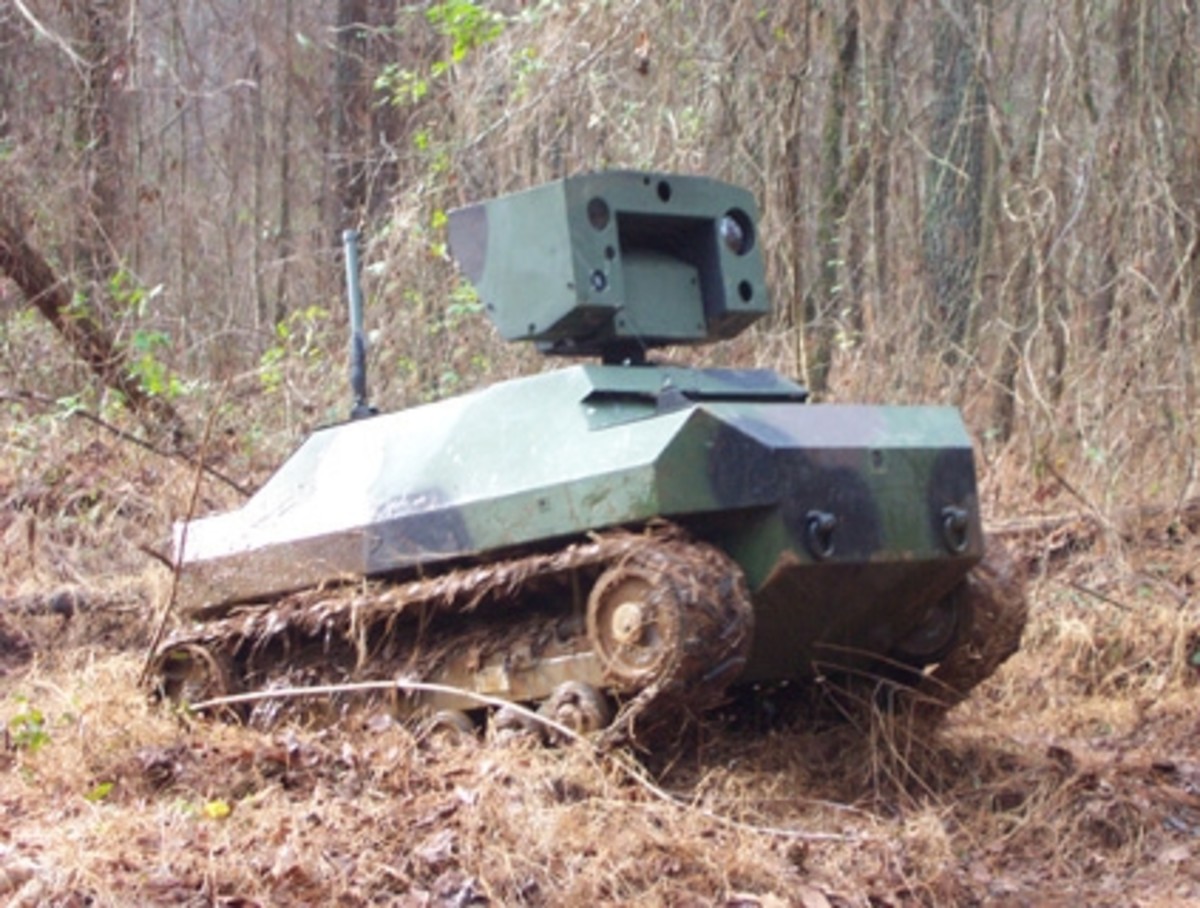Asymmetric Warfare and the Advent of the Autonomous Machine


Robots With a Will of Their Own Targeting Designated Enemies
Wars of conquest for resources and territory have always been fought with the idea of some form of superiority in order to vanquish the designated target and/or enemy. The term asymmetric war is defined by the difference, either by numbers, technology deceit, surprise, spying and strategy or a combination of these. Those who are not equal or greater than the protagonist, cannot mount a winning defensive stance. They are doomed and at best, can only stall off the inevitable. Thus the nature of an asymmetric war is to win by means of a superior condition against a relatively defenceless opponent. War has evolved over the millenia around the world ti the present and we have reached a point of qualitative change. That change in order to enhance the policy of asymmetric winnable war, is the advent of the battlefield autonomous machine. Such machines already exist and a good example is the explorer – probe, Sojourner on Mars. This robot must think for itself for a number of reasons, because we on Earth are not always able to communicate with it and when we can, it can take up to 3/4 an hour for a return communication. This is by far too cumbersome, so the robot has been designed to make its own decisions based on what it has learned in its own, independent of constant contact and permission protocol. It is thus an ideal worker having received initial orders, proceeds with the job with minimum supervision and without complaint.
Now let us return to Earth where drone wars are becoming increasingly popular; at least for the commanding elite. There is now plenty of discussion over the next wave of autonomous robot warriors. This has all the implications of the Terminator movies series. Though that sci-fi has elements that are as yet, outside of our capability, non-the-less, the autonomous robots are not. The state of the art now consists of Unmanned Aerial Vehicles (UAV), aka drones, Darpa mules, drone mobile rifle and gun platforms, smart bombs, fish shaped underwater drones, bird and insect like surveillance drones among others. All of these are remotely controlled. Remote control has been around since Nikola Tesla invented it, but has seen little use in the battlefield until the advent if the drones. Drones by theselves are not autonomous and must be operated by a controller, whether a soldier in the comfort of his office half way around the world by satellite linkup, or as suggested by some, unwitting child soldiers with an appropriate cell phone application. It is only lately, that computers and software, once reserved for space probes, is now being deployed in the battlefield of the asymmetric war. This means that these drones and robots can operate on their own once programmed and set loose with their kill lists.
Autonomous Killer Robots are Already on the Battlefield fof at Least Three Years Now
Robot Killers as They are Now
Autonomous machines are thus not as easily hacked, especially if hardened against such activity. They are set loose and monitored only to see if they accomplish their designated task before any intervention. That can easily be done via something like NSA GPS location from space. They can be hardened against EMP and cloaked with invisibility technology. All the separate pieces are available right now and there seems little doubt that such robots exist, or at the very least, in the design stage. When let loose on the battlefields of the world, the targets will not know what hit them. Human soldiers will be withdrawn in what appears to be a defeat and then all hell will ensue against an unsuspecting enemy that has let down their guard.
The battlefield will not necessarily be limited to places like Afghanistan, Syria, Pakistan, Yemen, Libya, Somalia and other places now under US, UK, NATO jurisdiction, occupation and attack directly or by proxy. Recent news indicates that drones are in use in the US and UK domestic spheres. In the US, this was proven by Washington State students who hacked and brought down a domestic drone under their hacked control. As drones are in use domestically, it is an easy extension to say that autonomous robots will augment domestic police and military forces. For the moment, they will be deployed only in situations such as those like the Boston Marathon bombing, drills and violent civil disobedience, riots and incidents. In a failing economy with austerity tightening its grip hardest on the most vulnerable, masses of people will become desperate and rash. The police and military will find it useful to deploy such robots as force augmentation as the logical next step. The autonomous robots too will be preprogrammed with target lists and will be able to make their own decisions in situ, while human forces are otherwise engaged. They might also be used to direct traffic, “kettle” protests, detain individuals or groups for police round-up and arrest, or even snipe when under direct threat.
The usually unarmed domestic population will be completely unprepared. There has been an exponential explosion of protests all around the world since 2010. Hardly a day passes without some mass action. The old standbys will not work against autonomous machines. Molotov cocktails will be useless, even if the machines are not invisibility cloaked, which will not be the case early on in order to maximize intimidation. On the domestic theatre, the autonomous robot force will likely be equipped with tear gas, batons, rubber bullets and shields. A few will be additionally armed with live ammo and tasers. They may attack individually to disperse crowds or work in formation according to their own decisions in a combined and uneven manner as unfolding situations develop. These robots are already under the final stages of development and testing. Expect to see some in the near future.






